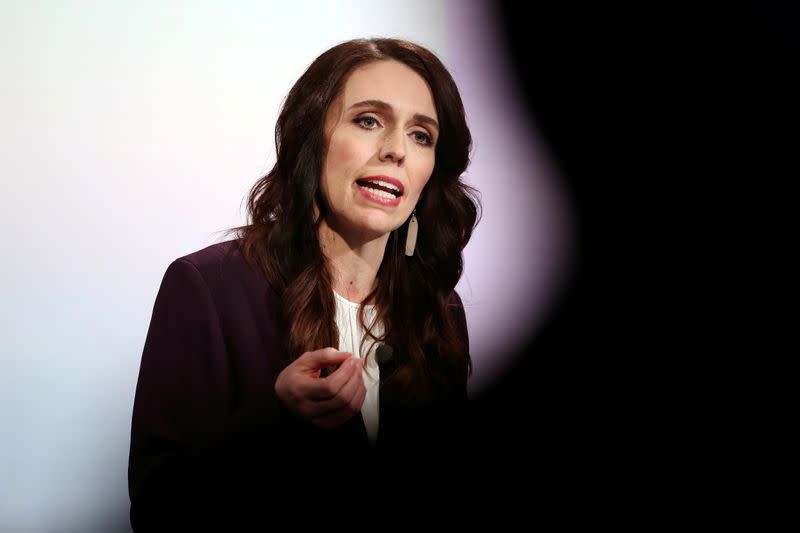
New Zealand virus outbreak highlights low vaccination rate
WELLINGTON (Reuters) – New Zealand’s coronavirus cases recorded a new daily jump, while questions about the government’s response to the epidemic grow as the country has the lowest vaccination rate among the most developed countries and the economy is under pressure due to prolonged isolation.
11 new cases were recorded today, bringing the total number to 21 in the framework of the latest wave that ended six months of absence of the virus in the country.
Prime Minister Jacinda Ardern revealed, however, that the virus had long been absent in the community, with authorities linking its origin to a return from Sydney on August 7.
“This is an important development. It means that we can now be absolutely certain how and when the virus entered the country,” Ardern told a news conference.
“And the period over which cases have occurred in the community is relatively short.”
New Zealanders lived without restrictions until Ardern ordered a nationwide 3-day shutdown on Tuesday after a new case was identified in Auckland, the country’s largest city, for the first time since February.
The prime minister, who closed the borders in March 2020, announced plans this month for a gradual reopening amid pressure from businesses and the public sector in the face of a labor shortage, which some lawmakers say could drive up inflation.
But the new cases, albeit small in number, could delay Ardern’s plan and cause great concern in New Zealand, which is still struggling to vaccinate the population.
(Translated in the editorial office in Gdansk by Michela Persimoni, in the editorial office in Rome Stefano Bernabi)

“Organizer. Social media geek. General communicator. Bacon scholar. Proud pop culture trailblazer.”
